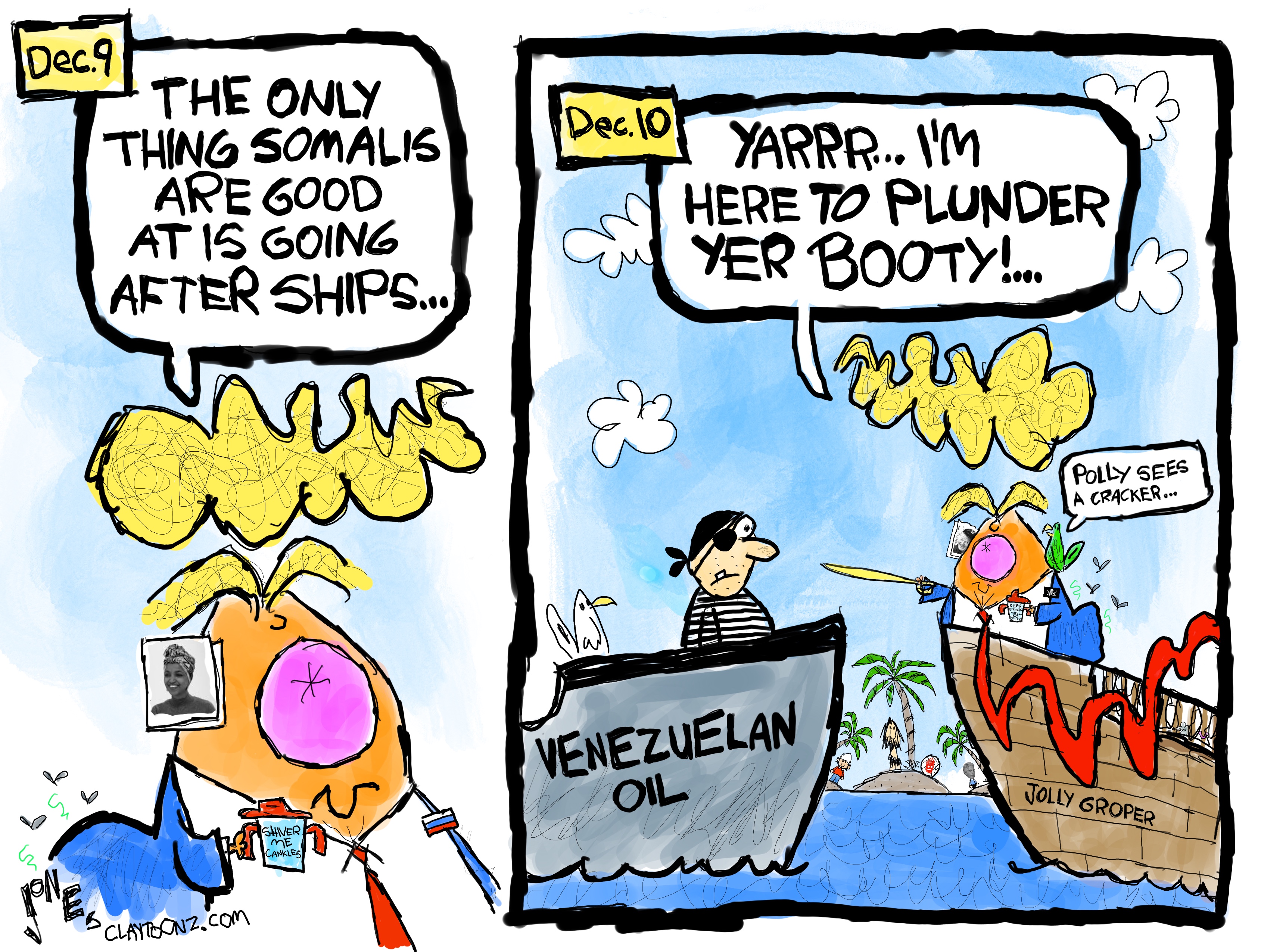The decline of French wine
French winegrowers, seeking to avert financial disaster, recently announced a plan to hand 266 million bottles to industrial distillers. What’s going on?
Do the French make too much wine?
Yes—and they have for decades. In the past, huge surpluses of the most basic vins de table were sold off to make ethanol for tractors and other vehicles. But what’s shocking about the past few years is that there are now permanent surpluses of wines from Beaujolais, Macon, Bordeaux, and other areas protected by the Appellation d’Origine Contrôlée (AOC) label. In Bordeaux alone, where wholesale prices have fallen 50 percent in three years, about 1,000 small producers are almost bankrupt. Only Champagne and the highest-quality Bordeaux, Burgundies, and Loire wines are unaffected.
What is AOC exactly?
The Week
Escape your echo chamber. Get the facts behind the news, plus analysis from multiple perspectives.

Sign up for The Week's Free Newsletters
From our morning news briefing to a weekly Good News Newsletter, get the best of The Week delivered directly to your inbox.
From our morning news briefing to a weekly Good News Newsletter, get the best of The Week delivered directly to your inbox.
Good wine, in the traditional French view, is not “made.” Rather, it grows from the soil and embodies the terroir—a mix of soil, climate, history, and tradition. The system of AOC, introduced in 1936, is the legal expression of terroir. Wine producers who own approved patches of land and who use the approved grape variety within the approved boundaries are allowed to use the initials. No one else can. An appellation can be the whole of a region (for example, Burgundy) or a tiny fragment of land the size of half a football field. This has given rise to a jumble of 466 appellations, all with their own rules, governing everything from their precise location to the distance between vines to the type of fertilizers and additives permitted.
So is AOC a guarantee of quality?
That’s what the French wine industry would have us believe. But an increasing number of French wine experts now admit that the AOC appellation has become a racket that enables producers to charge inflated prices for thin, substandard bottlings. “Some 15 percent to 20 percent of AOC wines are pig swill,” says Jean-Luc Roche, a buyer for a large supermarket chain, “but no one will take the responsibility to tighten the rules.” A now infamous laboratory test on 48 AOC wines, carried out in 1995 by the French consumer magazine Que Choisir, concluded that 31 had been heavily, though legally, chaptalized—meaning that sugar had been added during fermentation to increase the alcohol content and flavor. It was a scandalous finding—the equivalent of discovering that Champagne makers were secretly using artificial carbonation.
How did the industry respond?
A free daily email with the biggest news stories of the day – and the best features from TheWeek.com
With fury. It tried to get the article withdrawn, arguing not that it was inaccurate, but that it had damaged the interests of “honest producers.” But since then, a growing number of French wine experts have openly questioned the validity of the AOC system. “Too often, AOC is used to [give] mediocre wines a special aura on international markets,” says Michel Bettane, the French wine critic most revered by producers. Patrick Baudouin, an award-winning Anjou wine producer, asks: “How can you boast about the importance of terroir, then stuff your wine with beet sugar from the Somme, hundreds of miles away?”
Why else is French wine in trouble?
Fierce competition. Vineyards in Australia, California, Chile, and South Africa now produce vast quantities of reliable to excellent wines for $7.50 to $25 a bottle. These wines have all but destroyed the market for France’s cheaper wines, such as Beaujolais. (For years, the arrival of Beaujolais Nouveau was a popular seasonal marketing ploy in Europe and the U.S. Now it mostly languishes on the shelves.) France’s share of the global wine trade has slipped from 50 percent to 40 percent in the past decade, while Australian wine—once lampooned by the British as a drink “with an aftertaste of mutton”—is ever more popular. In the U.S., 80 percent of all wine consumed is now made in America; Australia comes in second, with 8 percent of sales, and Italy is third, with 6.5 percent. Only 1.7 percent of the wine sold is French. Even Chilean wines now outsell France’s.
Why are New World wines so popular?
Because they’re much more geared to the market. The romance of terroir is lost on most urban wine drinkers, and casual consumers find the AOC system bewildering. The makers of Australian and Californian wines, in contrast, are geared to a mass market. They base their bottlings on popular grape varieties, such as Pinot Noir and Cabernet Sauvignon, rather than on the name of a single vineyard. Each company decides the quality and taste it wants to achieve, and each is far more attuned than most French winegrowers to the popular preference for big, fruity wines. Each then buys the grapes it needs, from wherever it can find them, to create a reliable, standardized wine.
What is France doing about this?
In 2001, the government appointed a committee that warned French wine producers they faced disaster unless they were prepared to listen to their customers. That warning went largely unheeded, and now the Institut National des Appellations d’Origine, which runs the AOC system, is trying to push through its own reforms, proposing, among other things, that producers adopt some of the high-tech methods of the Australians. Some have responded positively: In the Loire, a group of AOC growers has launched a bid to make “Australian” wines—standardized products based on grape variety. But by and large, Gallic pride is having none of it. “Comparing an AOC, with its terroir and centuries of savoir-faire, to an Australian wine,” as one château vigneron put it recently, “is like comparing Mozart with rap music.”
The man with the golden tongue
Parker’s Wine Buyer’s Guide
-
 Political cartoons for December 12
Political cartoons for December 12Cartoons Friday's political cartoons include presidential piracy, emissions capping, and the Argentina bailout
-
 The Week Unwrapped: what’s scuppering Bulgaria’s Euro dream?
The Week Unwrapped: what’s scuppering Bulgaria’s Euro dream?Podcast Plus has Syria changed, a year on from its revolution? And why are humans (mostly) monogamous?
-
 Will there be peace before Christmas in Ukraine?
Will there be peace before Christmas in Ukraine?Today's Big Question Discussions over the weekend could see a unified set of proposals from EU, UK and US to present to Moscow